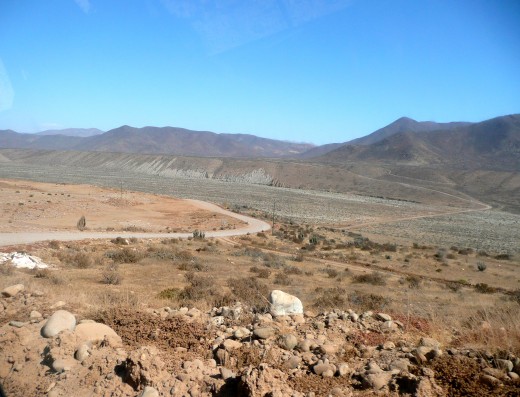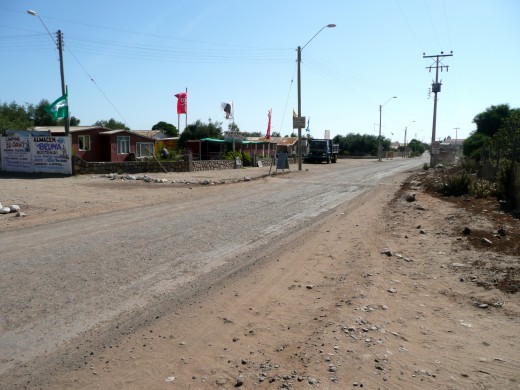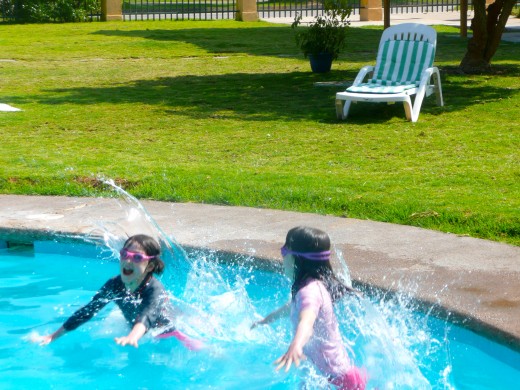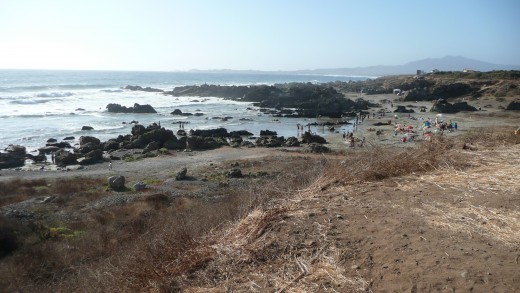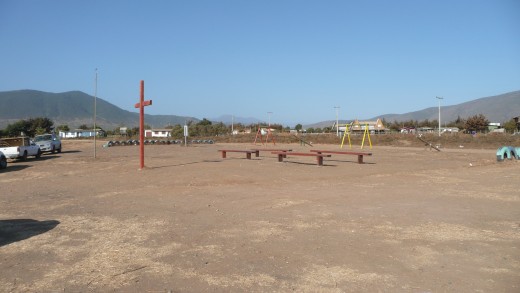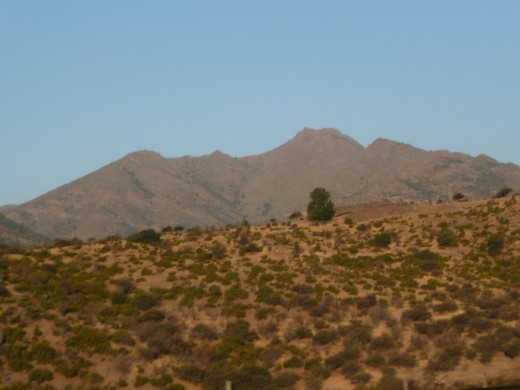Things To Do in La Serena, Chile
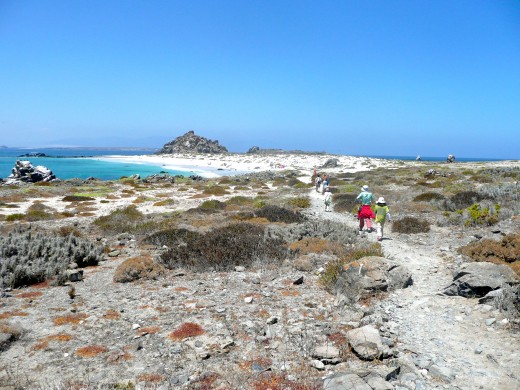
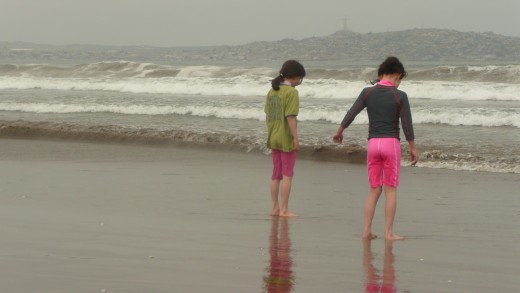
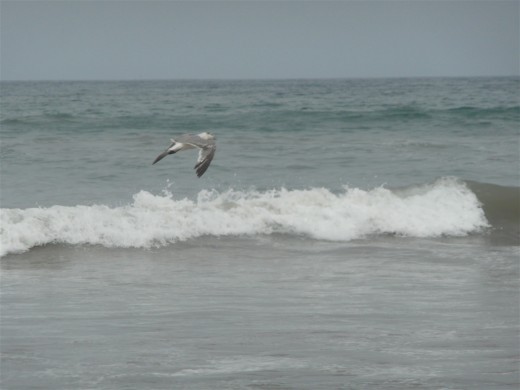
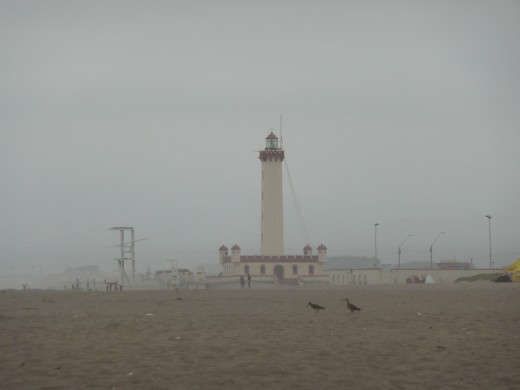
Morning on the Beach at La Serena
A beach shrouded in mist might not seem the ideal place for family fun, but we enjoyed the beach on the right every bit as much as we did the one above.
But then, we’re from Scotland so we’re used to mist, and we love to play on deserted beaches.
At 9am La Serena’s beach was certainly deserted apart from a few seabirds. Even if the sun had been shining there’s a good chance we would have had the beach to ourselves, since in Chile few holidaymakers hit the beach before 11am. They probably already knew that most mornings the mist doesn’t clear till around twelve. The mist is due to the Humboldt Current, which runs northwards along the coast of Chile, bringing with it cold water from the ocean’s depths. It means the waters off Chile are high in marine life. It also means the coast of Chile is often far cooler than you would expect for a sub-tropical country. (For details of La Serena’s average temperatures and rainfall see the charts at the end of this article.)
For us, the misty weather meant that we didn’t have to worry about getting sunburned. The kids jumped waves, raced along the beach and build castles.
La Serena lighthouse, also known as the Faro Monumental and pictured here, has recently been declared a national monument. It is 92 feet (28 meters) high, and was built between 1951 - 53.
Learn more about the Humboldt Current on YouTube
Some objects on display at La Serena’s Archeological Museum
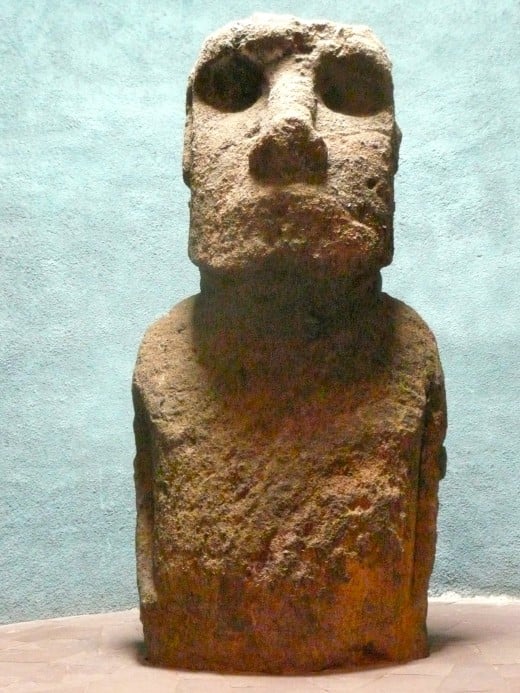
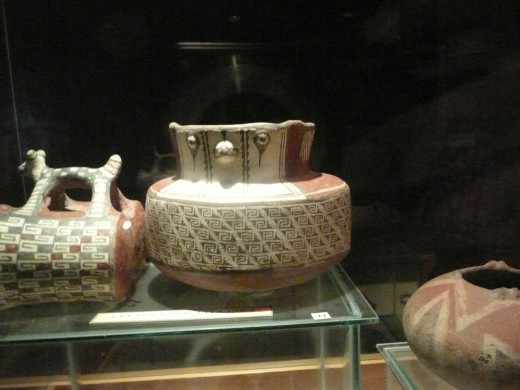
The Museo Arqueológico
As the mists cleared, and the sun began to burn, we headed a few streets inland to the Museo Arqueológico (La Serena’s archaeological museum.)
The highlights of this museum are the Moai and the Diaguita pottery.
The Moai, is that gigantic statue to the right. It is one of the original Easter Island statues, and as we would have loved to include Easter Island in our trip to Chile, seeing this statue was an awe inducing experience. This statue was taken to La Serena in 1952, and for many years stood in one of the city’s parks where it was subjected to graffiti and other unpleasant substances, involving drunk men… I’ll leave the rest to your imagination, but let’s just say the museum staff did a good job of cleaning it as there was no trace of any smell remaining!
Some of the Diaguita pottery can be seen in the photo below the Easter Island statue. These beautiful pieces are pre-Columbian, from between 900 – 1500 AD. The Diaguita were the indigenous people of Northern Chile. Their pottery was typically decorated with geometric shapes in black, white and red or with the faces seen in the photograph.
Vicuña and the Cerro Mamalluca Observatory
Vicuna
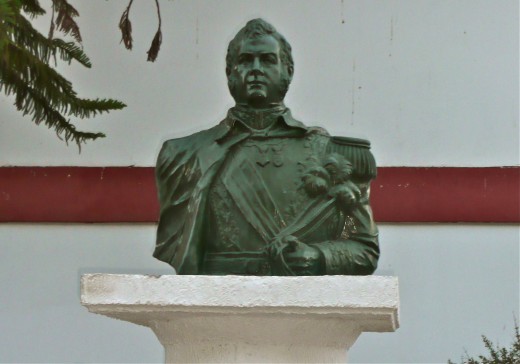
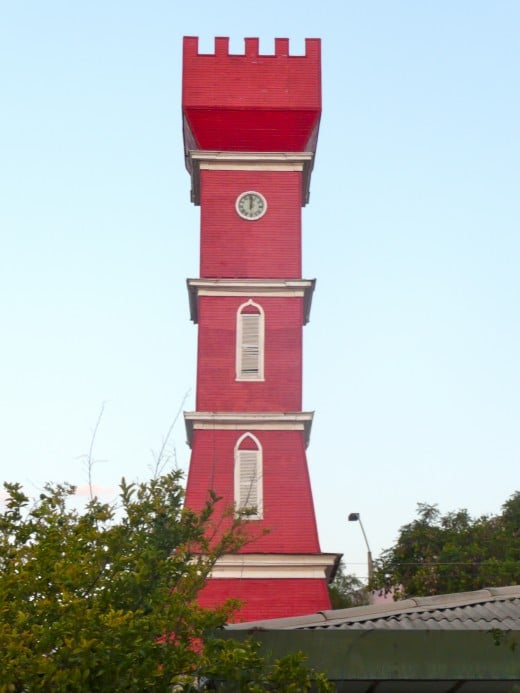
However awe-inspiring the Easter Island Statues are, most people don’t come to La Serena for them or even for the city itself, but because La Serena is a good base for visiting attractions in the area. We were no exception, and our next adventure was a visit to the Cerro Mamalluca Observatory.
Having experienced the roads that led to many attractions in Southern Chile, when we booked our tour we opted for a driver to pick us up at our hotel. He drove us along winding roads through area’s wine region, the beautiful Elqui valley, to the mountainous town of Vicuña.
Chile keeps time with its eastern neighbors Argentina and Brazil, resulting in dark mornings and light evenings. While we waited for the connecting tour bus to Mamalluca, we could stroll Vicuña in daylight, even though it was after 8pm. That evening, in the square, a brass band played and people danced.
Like every town or city in Chile, Vicuña has an Avenida (avenue) O’ Higgins. Bernardo O’ Higgins was part Spanish, part Irish, and is credited with leading Chile to independence from the Spanish in 1823. That’s him above right – or at least it’s his statue! The photo below is of the Torre (tower) Bauer, built in Germany and brought to Chile in a prefabricated state in 1905!
At Mamalluca Observatory
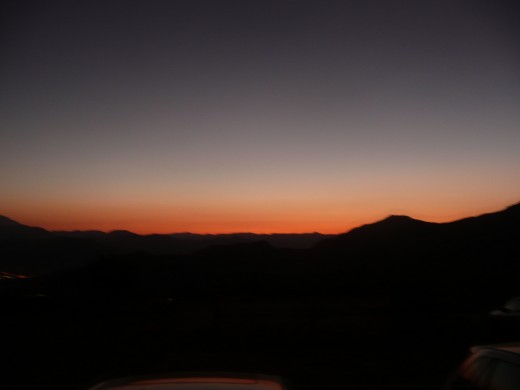
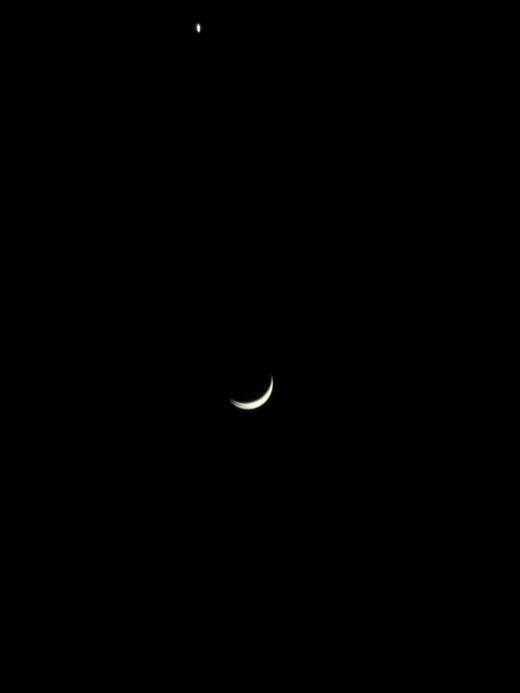
A Visit to Cerro Mamalluca Observatory
From Vicuña our tour bus wound up steep, twisted gravel roads to the Cerro Mamalluca Observatory. We were extra glad we had opted not to drive.
As the sun went down at the observatory our tour began, and we climbed the steps to the dome where our English-speaking guide unwound the roof and showed us the stars.
Nothing I write here could give justice to our experience, but I feel duty-bound to try. The reason why many of the world’s largest astronomical observatories are in the Andes (and in the Atacama Desert) is because the sky is so clear and free from light pollution and the atmosphere so thin. This means it is possible to see stars by the million – I didn’t know how so many existed! Nor did I know the night sky was so bright or the Milky Way so white.
We took turns at looking through the giant telescope to see Venus, and Orion’s nebula around 1500 light years away. Our guide explained that some of the stars we saw no longer existed.
We headed back downstairs as the Spanish-speaking group came up, and went outside to where Saturn was now visible on the horizon and where we could look through more telescopes at galaxies galore. But for me, amazing as the view through the telescope was, just being beneath those stars was beyond compare. Even remembering it leaves me feeling awed at the vastness of the universe.
You can see my husband’s attempt to capture the beauty of that night on camera, in the crescent photo of Venus. Let’s just say his photos can do no more justice to the view at Mamalluca than can my words. If you ever are in Chile, be sure to go and see this spectacular sight for yourself.
Punta de Choros, Humboldt Penguin National Reserve and Dama Island
Our trip to the Humboldt Penguin National Reserve also began with a pick-up from our hotel, this time early in the morning. The boat trips leave from Punta de Choros, 71miles north of La Serena. That might sound as if it’s a little over an hour’s drive, but, as with most visitor attractions in Chile, much of the way was over gravel road and some parts of it were deeply rutted.
The Humboldt Penguin National Reserve and Dama Island
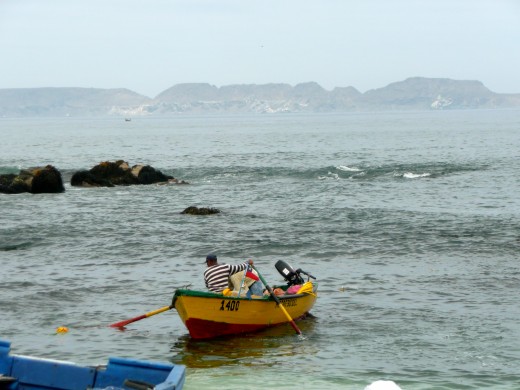
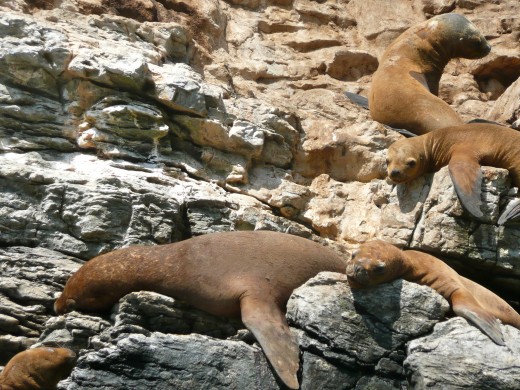
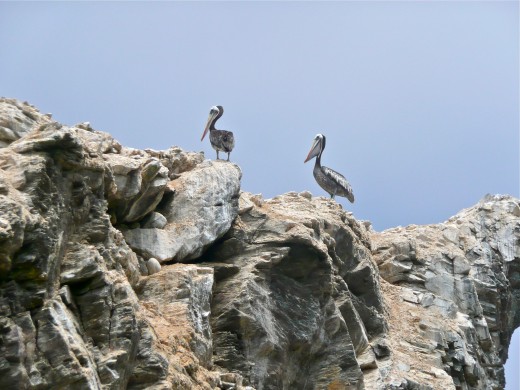
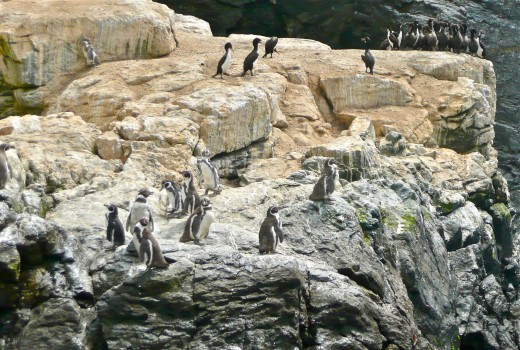
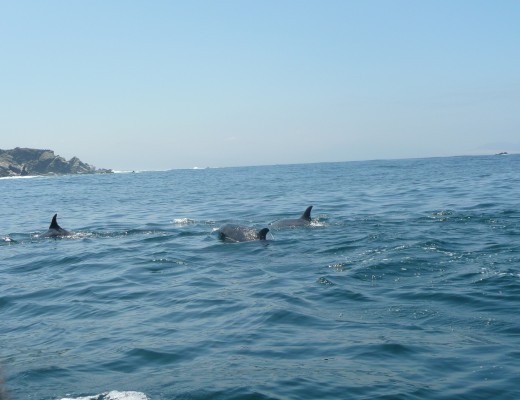
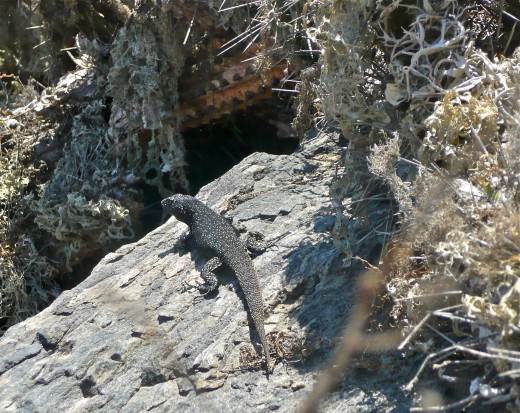
On arrival at the jetty, the first stop for most people on our tour was the rest room. (A word of warning – don’t breathe in too deeply.)
Many other groups and individuals had made it to Punta de Chorsos before us, so we waited while little boats pulled up and filled with tourists. Some of the boats looked so small we felt a teensy bit nervous – but if Chileans are a little lax on the standards of their roads they are not when it comes to visitor safety. Everyone was kitted out with life jackets and then we set off onto the ocean.
The Humboldt Penguin National Reserve is a group of three islands: Choros, Chañaral and Damas (sometimes called Dama). The trip to the reserve includes getting close to Choros Island to see sealions, penguins, and other seabirds. You might also be lucky enough to see a walrus, as we did.
A colony of dolphins also lives nearby, and unlike many dolphins they don’t roam widely so your chances of seeing one close by is very good. Our boatman knew where to head, and kept looking till he found them.
When it comes to filling me with awe, dolphins are just as capable as stars, so this was a highlight of our trip.
The excursion to the reserve also includes a visit to Damas Island where you have an hour to roam.
A word about the weather: as with La Serena, the day started off misty, which cleared once we on the water. You will need both warm clothing for the boat trip and protection from the sun, particularly on Damas Island. We arrived on the island at midday, and there is no shade! The photo at the top of this article shows Damas Island – that’s us walking along the rocky path to the beach, kitted out in sun hats.
Once back on the mainland, our tour guide took us for a late lunch at one of the restaurants nearby. This is included in the cost of most excursions to the reserve.
Travelling to Punta de Choros independently
It is possible to travel to Punta de Choros independently and to stay longer on Damas island to take part in activities such as scuba diving or camping. To do this you need to permission from CONAF, the Chilean National Forestry commission.
Some attractions on the way between La Serena and Santiago
The next day, our vacation in La Serena over, we headed back to Santiago, stopping on the way to visit some of the many beaches along the way. We were amazed to find an open air church, but as this part of Chile gets very little rain, why bother to build walls? You can see the open air church in the photographs below.
More views of The Humboldt Penguin National Reserve, La Serena and beyond.
Click thumbnail to view full-size









The climate of La Serena, and other information
For more information on the climate of La Serena, how to get there and where to stay, see the maps and charts below.
Average Temperatures and Rainfall for La Serena
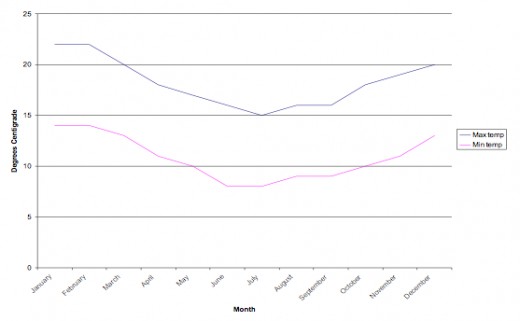
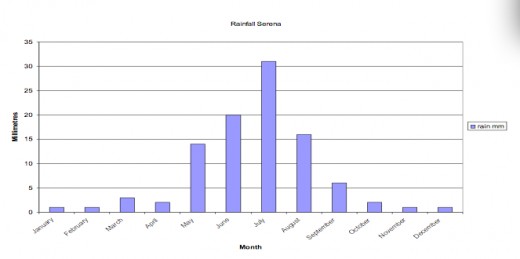
Guides To Chile Available on Amazon
Where to Stay and How to Get There
We stayed at Cabanas Hostal del Mar, on Av. 4 Esuinas in La Serena. This was just a few blocks from the ocean. The road leading to the hotel was partly gravel.
We went to The Humboldt Penguin National Reserve with Talinay. Our Spanish is weak and their English was strong!
For details of flights to Chile see my article: A Guide to the Perfect Family Vacation in the Pucon Area of Chile
These are your options to get to La Serena from Santiago:
- Catch one of 3 daily flights to La Serena. The flight lasts 1 hour.
- Take the bus from Santiago’s Terminal Alamede on Av Alameda, or from Estación San Borja. The bus trip takes about 7 hours, and overnight journeys are available.
- Rent a car and drive there. This will take around 6 hours.



